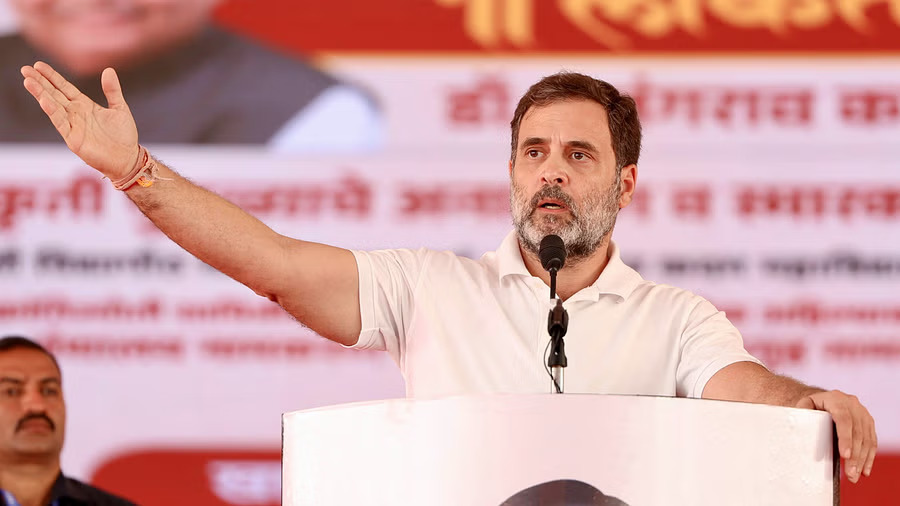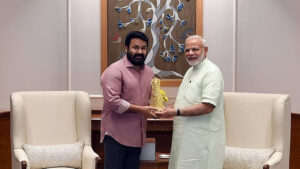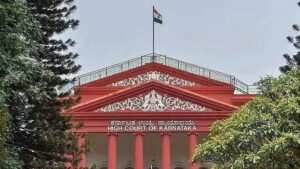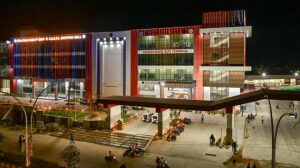In India’s ever-evolving political landscape, history doesn’t just reside in textbooks—it lives on in speeches, campaigns, and headlines. It serves as both sword and shield, wielded by leaders to justify ideologies, condemn rivals, and sway public sentiment. Recently, an age-old name made its way back into the national conversation: Mir Jafar—a historical figure now turned into a political metaphor.
The occasion? A political storm centered around a prominent national leader whose remarks, made on international soil, were perceived by his opponents as anti-national. The response was sharp and symbolic: he was labeled a “new-age Mir Jafar,” invoking one of the most infamous figures of Indian betrayal during the colonial era. The rhetoric didn’t stop there. Accusations escalated with symbolic barbs like being metaphorically awarded honors from adversarial nations, stirring fierce debate and media frenzy.
But beyond the soundbites and slogans, what does this mean for India’s political maturity? How do such symbols influence public perception? And more importantly, what role do they play in shaping our national identity?
Who Was Mir Jafar, and Why Does He Still Matter?
Mir Jafar was the commander of the Bengal army under Nawab Siraj-ud-Daulah in the 18th century. In a dramatic turn of events, he betrayed the Nawab during the Battle of Plassey in 1757, aligning with the British East India Company. This act is widely regarded as the moment that paved the way for British colonial rule in India.
In Indian consciousness, Mir Jafar is not just a historical figure; he is the embodiment of treachery. To invoke his name today is to question someone’s loyalty to the nation—an accusation far heavier than it appears on the surface.
When modern leaders are compared to such figures, it isn’t merely about their policies or statements; it is a challenge to their very allegiance. It’s a form of political storytelling where history is reframed to suit contemporary narratives.
Political Dissent or National Disrespect?
The core of the controversy stems from remarks made abroad—critical of domestic governance, institutional integrity, and democracy. Supporters argue that these comments are part of a democratic tradition, wherein leaders hold their own government accountable, regardless of location. Critics, however, see them as damaging to India’s global image, providing ammunition to its adversaries.
This raises a crucial dilemma: Where does free speech end and national interest begin? In an interconnected world where a statement made in London is heard in Delhi within seconds, the boundary between domestic politics and global diplomacy has become increasingly blurred.
In such an environment, symbols like Mir Jafar and metaphors like “Nishan-e-Pakistan” are not mere literary flourishes—they’re weapons in a deeply polarized political battlefield.
The Rise of Symbolism in Indian Politics
Indian politics has always thrived on metaphors. From Ram Rajya to Ravan, from Mahatma Gandhi to Nathuram Godse, leaders have used history as a mirror, warning, or weapon. These symbols are potent because they trigger emotions, memories, and moral judgments.
When one political faction calls another Mir Jafar, it taps into centuries of accumulated national trauma and suspicion. It compels the public to view opposition not as a democratic necessity, but as a threat to sovereignty. It turns political discourse into a loyalty test.
But this approach has its dangers. Reducing complex issues to binary allegories often stifles real debate. It distracts from the pressing issues of governance, economy, education, and development.
Sponsored
FACTS Transcripts
Apply for a University document anywhere
https://www.factstranscript.com
Quick Transcripts for popular Universities, check your University name now and get started. We help you to get your transcript application online which is accepted for use of IRCC.
No DD, NO Paperwork. 100% Authentic, Reliable.
FACTS Transcripts Charges · Reviews · Assam Universities · Home · Know your University









